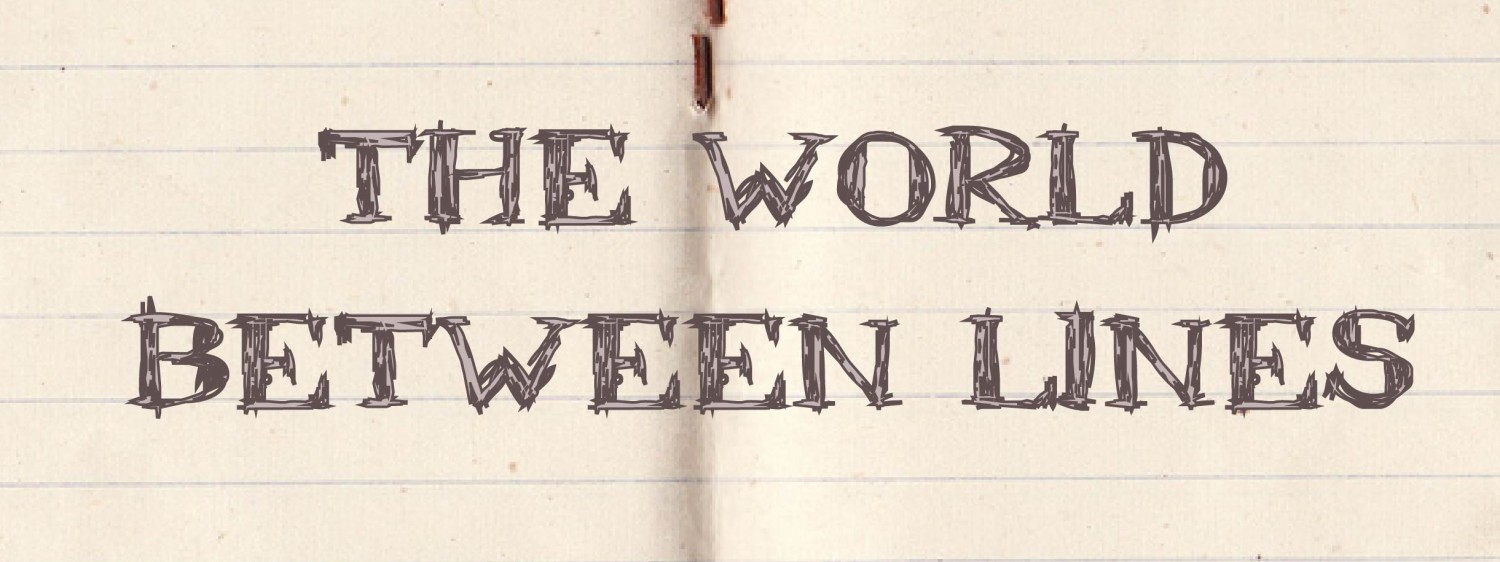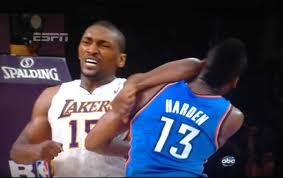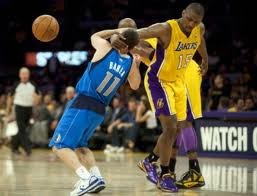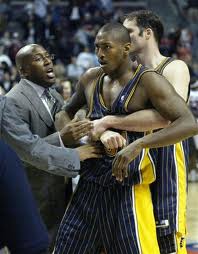Category Archives: Indiana Pacers
This is Indiana…do we still ball?
 What the hell happened to us? What happened to rusty rims hanging from barns, dirt courts and old men in coffee shops? My parents (IU fans) and their best friends (Purdue fans) couldn’t even watch games together because they were afraid of what they might say. Now? Purdue and IU rarely come up in conversation.
What the hell happened to us? What happened to rusty rims hanging from barns, dirt courts and old men in coffee shops? My parents (IU fans) and their best friends (Purdue fans) couldn’t even watch games together because they were afraid of what they might say. Now? Purdue and IU rarely come up in conversation. End the Era of World Peace
Something About Stones and Glass Houses
Within 48 hours, Bynum had called Barrea several times to apologize. He issued a public apology during his exit interview on Tuesday.
“My actions…don’t represent me, my upbringing, this franchise or any of the Laker fans out there that want to watch us and want us to succeed,” Bynum said. “Furthermore, and more importantly, I want to actually apologize to J.J. Barea for doing that. I’m just glad that he wasn’t seriously injured in the event and all I can say is, I’ve looked at [the replay], it’s terrible and it definitely won’t be happening again.”
Take that in contrast to this, from Jermaine O’Neal following the Pacers-Pistons brawl in 2004:
“We all knew the league is 80-85 percent black; we all know that,” O’Neal told the Indianapolis Star. “We didn’t talk about the baseball player [Texas Rangers relief pitcher Frank Francisco] just breaking a lady’s nose with a chair because she was talking. They didn’t talk about that for weeks, did they? Every day for six weeks, you see something on TV about it. They didn’t talk about [former St. Louis Blues player Mike Danton] trying to kill his agent. These are people that are not black, and that touched me a little bit because that’s totally unfair for this league to be judged off one incident.”
Race should have little to do with it.
I said should, because on some level, it might. That brawl in 2004 brought some issues that had been bubbling for years to the surface, most notably, the declining relationships between fans who were (and are) mostly white and a league full of players who were (and are) mostly black. In addition to a league covered by a mostly white media and owners of teams who are white. So I would be remiss if I did not acknowledge that there could be some truth to what O’Neal said at the time.
But race was used by O’Neal in the wrong way – as a distraction from the point at hand. Maybe the fans shouldn’t be throwing cups and maybe the players shouldn’t go charging into the stands looking to lay a Mike Tyson hook on someone.
Just a thought.
Dirty plays have always been a lightning rod of conversation. We always want to know how mad the person on the receiving end was. We call the dirty play disher a cheap shot artist and embarrassing. But when it goes too far, it makes us uncomfortable, so we just write it all off as one and the same.
It is not the same.
We call it dirty and classless when it happens on the court – when everything is at a distance. Remember the Miami Heat and New York Knicks brawls? Jeff Van Gundy wrapped around the legs of players? How about Charles Barkley fighting Shaquille O’Neal, or Kermit Washington decking Rudy Tomjanovich?
If those situations happened post-Palace brawl, we might have reacted differently. Perhaps the outcry would have been much like it has been this week for the Lakers, Bynum and Odom.
What can we take away from all of this? That we’re more sensitive now to on and off court physicality?
That may explain why nearly every game, if two players get wrapped up or someone goes down, there’s an overreaction – and then a chain reaction.
Case in point: Boston Celtics guard Rajon Rondo gets hurt (dislocated elbow) after getting tangled up with Dwayne Wade in Game 3 last Saturday night. The fall is ugly, the injury nearly vomit inducing. Rondo comes back later in the game, is limited, but guts it out. When he returns, many members of the Heat, including Wade, check on him to make sure he’s OK. Game continues, Celtics win.
After the game, someone asks Wade, who’s sitting next to LeBron James, about the play and mentions the word “dirty”. James scoffs and mumbles, “That’s retarded.”
Boom – new controversy: LeBron James is insensitive to those with mental disabilities.
Sure enough, James started off his Game 4 post-game press conference issuing an apology.
Sure enough, that story will grow. Someone will call it classless and embarrassing.
The cycle will just continue until we’re all oversensitive to every little thing.
On second thought…too late.









